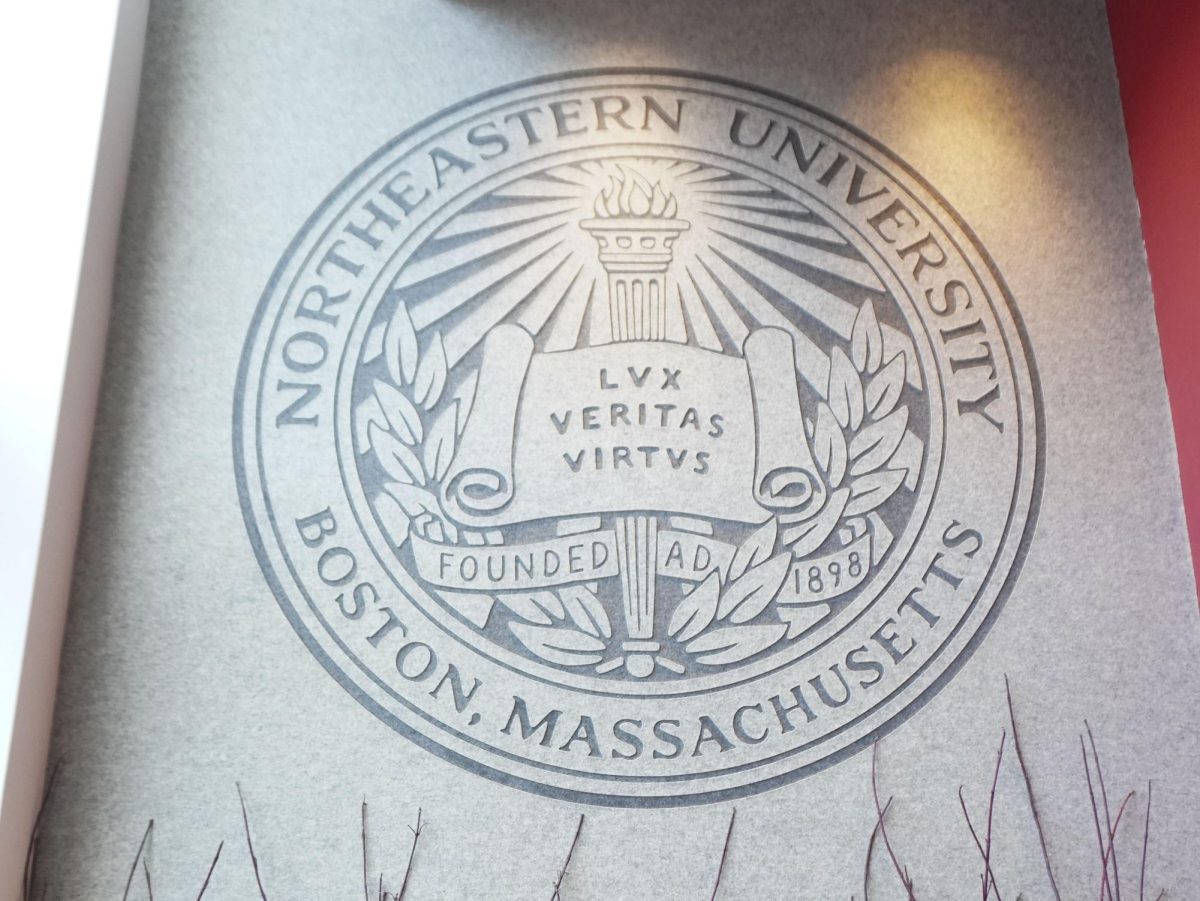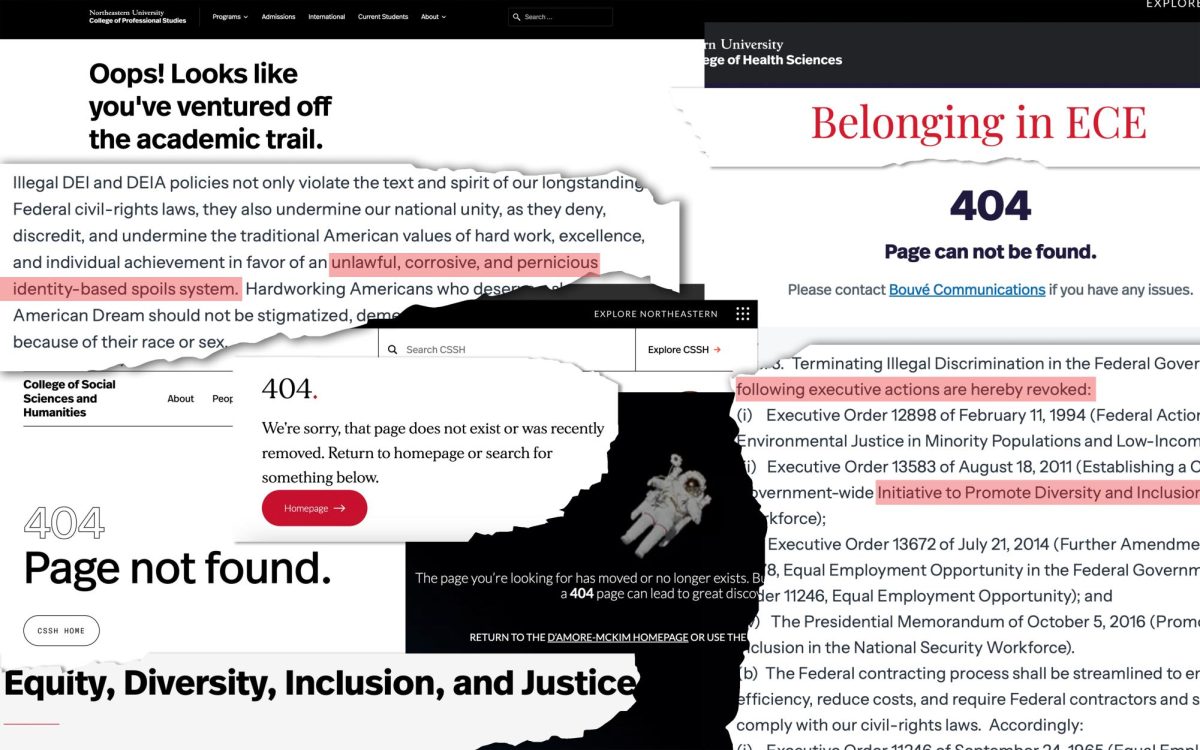Young people in Massachusetts face a persistent risk for HIV infection, which leads to AIDS. In a 2004 report from the Centers for Disease Control and Prevention, an estimated 7,761 young people (between ages of 13 and 24) in the United States were determined to have AIDS, a 42 percent increase since 2000, when 5,457 young people were living with the life-threatening condition.
At Northeastern, one nurse is taking action to spread awareness and is offering free HIV testing and education to populations at high risk for HIV exposure. She is taking Northeastern nursing students with her on a bus to do so. Her program is financed by the Massachusetts Department of Public Health, which includes our tax dollars. But, this allocation is worth it, and young people should take note of this.
To an all-star athlete on the honor roll, or a slacker who scrambles to complete homework assignments on time, AIDS may be the last thing on his or her mind. With scant time for social life, this person may capitalize on a Friday night by capriciously luring a mate. In the heat of the moment, Northeastern students may forget the risks incurred along with the innocence of “hooking up.”
AIDS is color blind and has no sexual orientation. Everyone who engages in sexual activity is at risk.
Though it is not just HIV, the most deadly sexually transmitted disease, that students should be concerned about. Uncomfortable sexual transmitted diseases (STD) are dispersed, casually as red Solo cups at a Mission Hill party. When it comes time to hook up, students forget the potential risks that come with their sexual liberation, unimpeded by parents waiting for them at home. We do not live in Puritan times anymore but scrutinizing our sex lives may not be a bad thing.
For safety’s sake.
And though the Boston college scene may seem quieter in the summer, STDs don’t take a vacation. And AIDS is a silent intruder. People age 15 to 24 accounted for nearly half of the 18.9 million new STD cases in the United States, according to a 2000 CDC report. Only two-thirds of the population is aware of its HIV status, according to the report.
No one can know for sure where their sexual partner has been. But students should strive to stay smart, wielding their pencils untainted.
So take the time to get tested. Knowing is better than not knowing. Stay (sexually) safe this summer.









